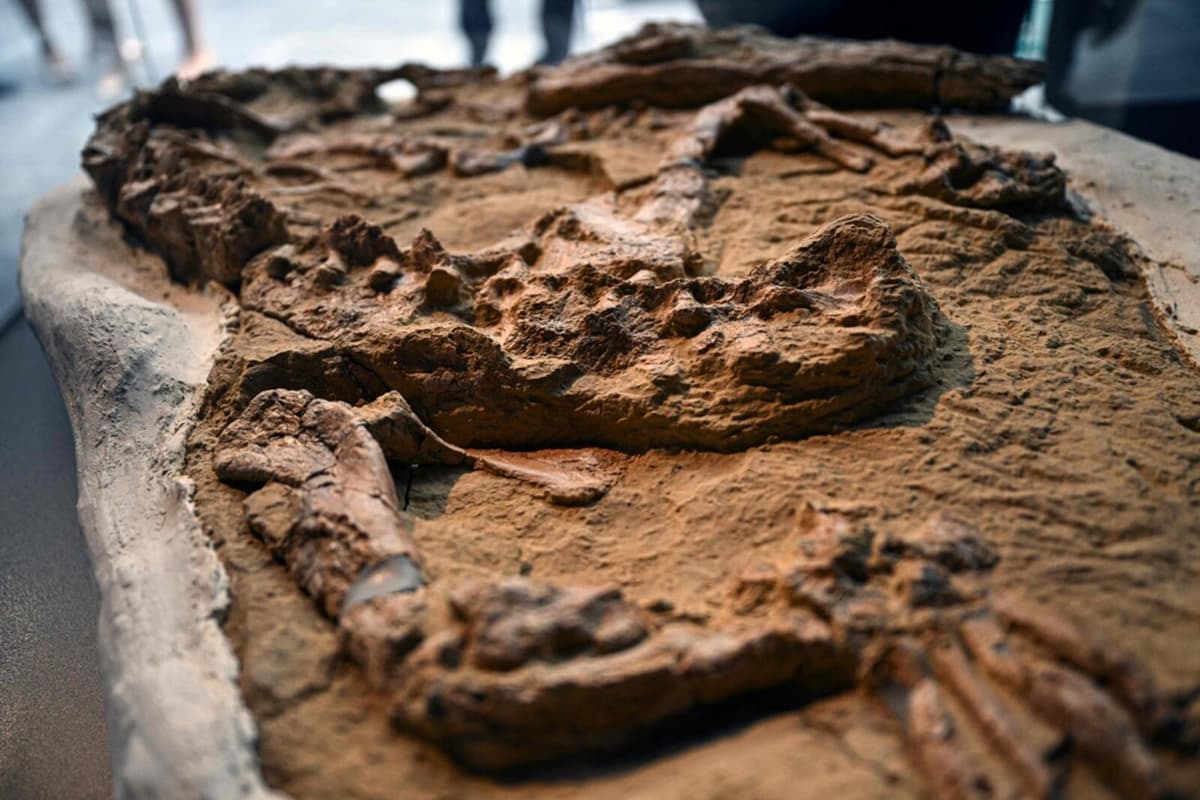Paleontologists presented their three-meter-long, well-preserved find at a press conference. What made them particularly enthusiastic was that the animal in question was not fully grown at the time of its death.
This is the first time we find a juvenile of this species, says paleontologist Mario Gamarra, who led the work of assembling the remains, at a press conference.
The fossil was found almost a year ago in "perfect condition" in the Ocucaje desert, 35 miles south of Peru's capital Lima, by researchers and students from two educational institutions. The desert is rich in fossils – previously, among other things, 40 million-year-old remains of four-legged whales have been found here.
The crocodile fossil's skull and jaw are more elongated than those of today's crocodiles and alligators, according to the researchers.
It only ate fish. The living relative that most resembles it is the Indian gharial, says Gamarra.
The critically endangered so-called Ganges gharial is a crocodile species that lives in river areas in India, Bangladesh, and Nepal.





